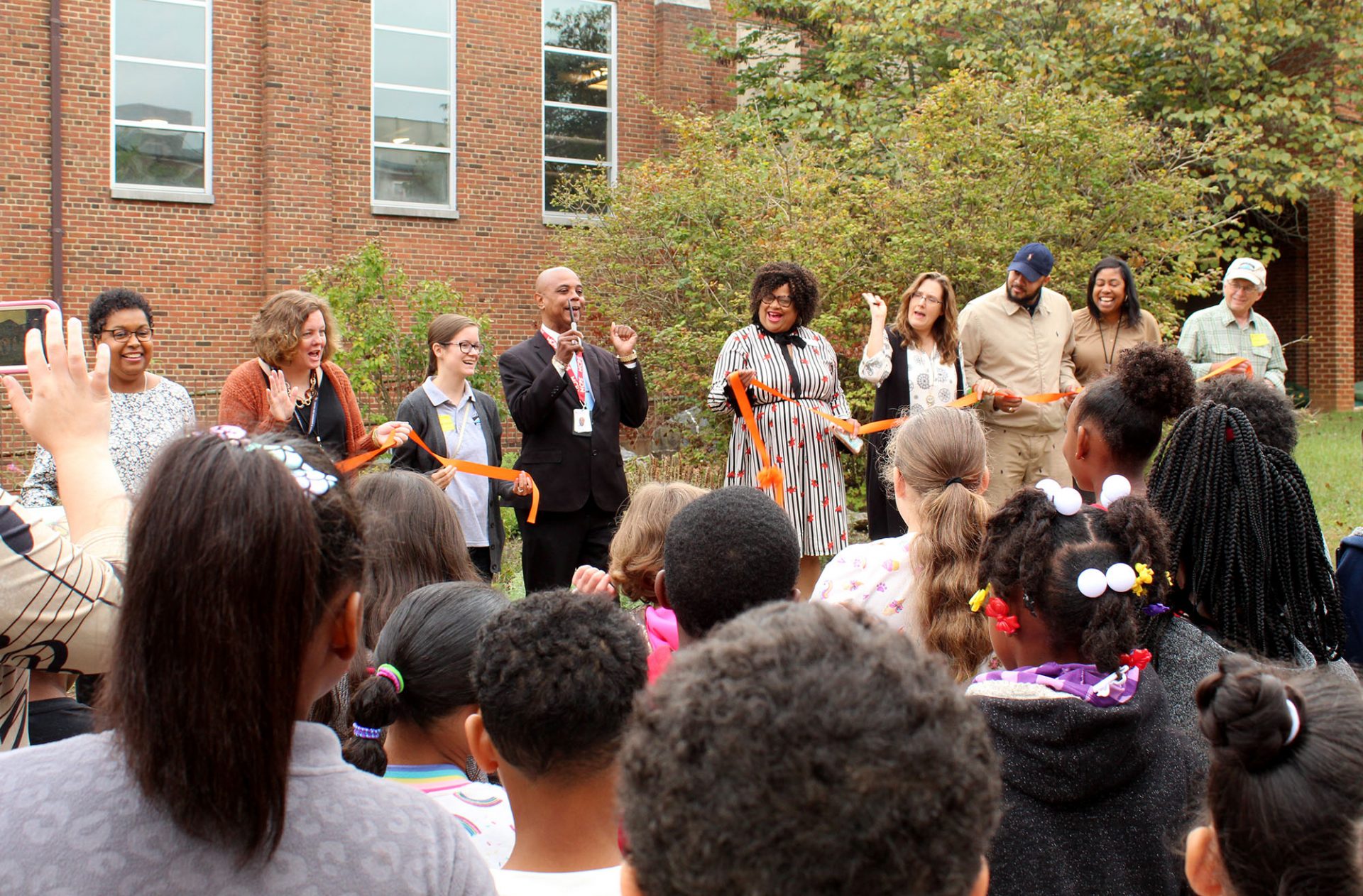By Kim Barto Meeks
Staff Writer
The entire city of Martinsville is now officially a tourism zone, in a move city leaders hope will attract new development.
At its Oct. 8 meeting, Martinsville City Council approved an ordinance on second reading that establishes the city as a tourism zone as allowed by the code of Virginia. The designation allows local governments to offer economic incentives and makes it easier for developers to obtain state funding for large-scale building projects, such as new hotels or restaurants.
Assistant City Manager Eric Monday explained during the meeting that many of these economic incentives are already available to developers as part of the city’s enterprise zone, “but the big incentive is ‘gap financing.’ A developer of a tourism project can have difficulty obtaining that last half a million dollars in funding through the conventional financing market. The Virginia Department of Tourism will underwrite that funding at a significantly lower interest rate, but it has to be in a locality that’s created a tourism zone before they will make that funding available.”
Funding is intended for new, tourism-related developments that range from millions to tens of millions of dollars in cost, Monday said. These can include lodging, restaurants, and retail. Councilman Jim Woods asked if it could be used for cultural amenities, such as theaters. Monday answered yes, depending on the size of the project.
There is no “one size fits all” list of incentives because the ordinance is designed to allow the city to customize the economic incentive package for each project, Monday said. This could include measures to streamline the process, waiver of some permits, and limited tax incentives.
Martinsville’s ordinance is modelled after those in Staunton, Fredericksburg, and Lynchburg. Monday said this funding was “instrumental” in developing Staunton’s Stonewall Jackson Hotel, a big parking garage, and other projects that have taken its downtown business district from “dead as a doornail” to “very vibrant.”
Also during the Oct. 8 meeting, council held a public hearing to prepare for resubmission of a federal grant application to revitalize the Pine Hall Road area of the city. The city of Martinsville applied for Community Development Block Grant funding in March 2019 to address blight, help homeowners to make improvements to their properties, and engage local residents in the improvement of their neighborhood.
However, said City Manager Leon Towarnicki, the application was rejected on a technicality due to an issue with how one of the required public hearings was advertised. The city plans to resubmit the application in March 2020 if not before.
Towarnicki said there is a chance that another round of applications may open before the end of 2019 due to a low number of applications received in March, but this is not certain. In an effort to be proactive, the city council voted at its Sept. 24 meeting to set the public hearing for Oct. 8 “out of an abundance of caution,” he said. Even if an earlier round of applications does not open up before the regular deadline of March 2020, this hearing satisfies part of the requirements for the application. Public hearings must be held within a year of the grant application submission, he said.
If awarded, the Pine Hall project will start in April 2021.
No one from the community spoke at the public hearing, although Towarnicki shared that one nearby resident had contacted him to express support. Janet Jonas of Summit Engineering, which has worked with the city on this application and past CDBG efforts, gave a presentation to the council about the project.
Jonas gave an overview of several past successes with CDBG funding in Martinsville, including Northside, Cherry Street, Moss-Barton, RP Thomas and Academy Place, the Henry Hotel. New College expansion, and revitalization of the uptown business district.
“Martinsville is really well-known by the Department of Housing and Community Development for really excellent community development projects,” she said.
CDBG-funded projects have to meet one of three major objectives: to benefit low to moderate income people, eliminate slums and blights, or to meet urgent community development needs.
In preparation for the Pine Hall application, Jonas worked with the city to conduct a housing assessment on 14 properties. She said they will need to speak to the homeowners again to update their information before the application can be resubmitted, because income information cannot be more than a year old. However, the homeowners will not have to do a full reapplication.
Homeowners in the neighborhood who did not participate the first time are welcome to do so now, she said.
There are some burial grounds around some of the properties, but those will not be affected by the project, she said.
Councilman Danny Turner questioned how the money was spent on Northside project, estimating the cost at $1.2 million. “There’s no way you can spend a million dollars over there. … It looked like we didn’t get very much bang for a million dollars over there,” he said.
Jonas said the money was “well-spent.” While she said she did not have the exact numbers handy, she recalled that they substantially reconstructed five homes and rehabbed three or four others. “Substantial reconstruction projects run about $100,000 each,” and one home cost much more than that, she said. Also, street improvements and stormwater drainage were “a significant portion of what was done.”
Mayor Kathy Lawson added that there was some demolition work done as part of the project, and “the Dillard and Franklin Street improvements were huge.”
Vice Mayor Chad Martin told Jonas, “Being a community organizer, I want to take my hat off to you going door to door like that.” He suggested using high school juniors and seniors who need service hours for graduation to help with future efforts.




